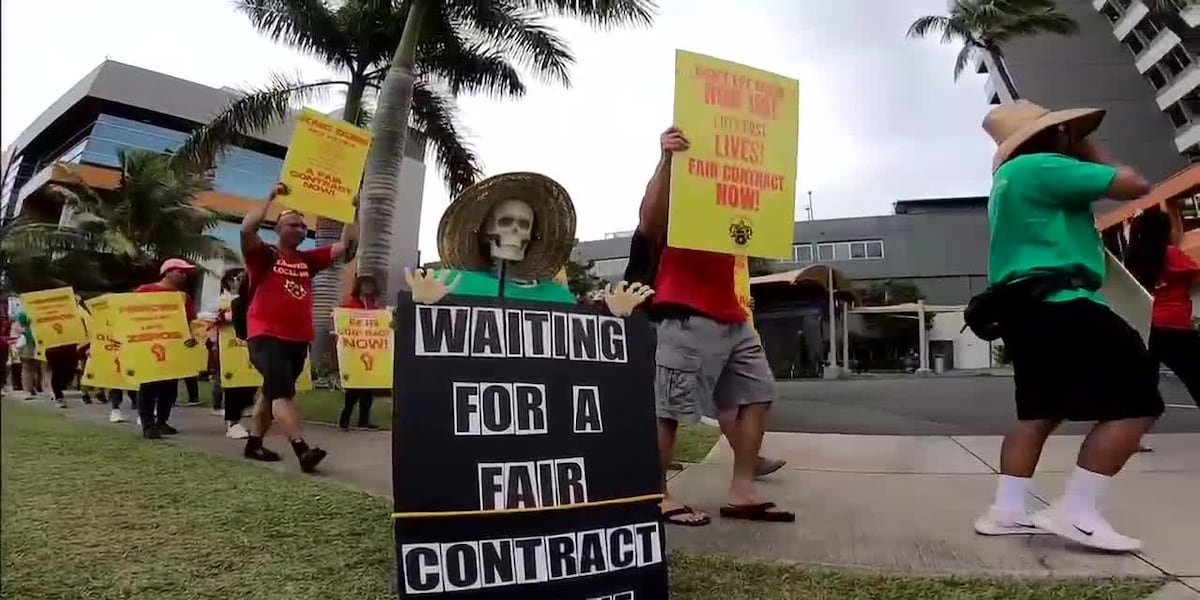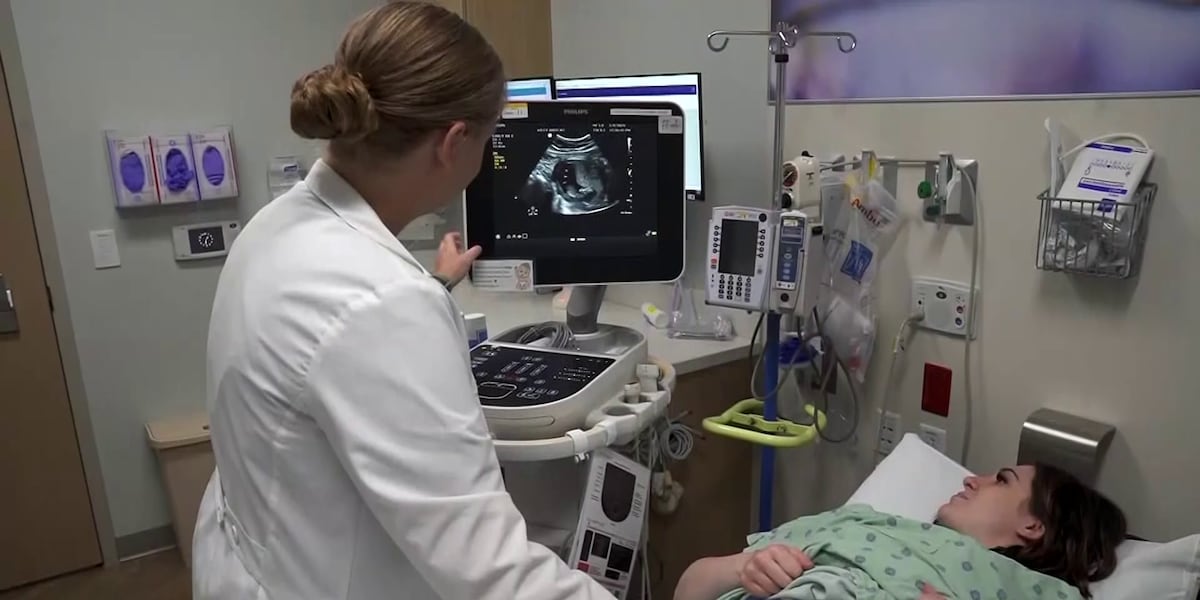Minneapolis, MN
Dental clinic to reach additional 15,000 children as it reopens in northeast Minneapolis
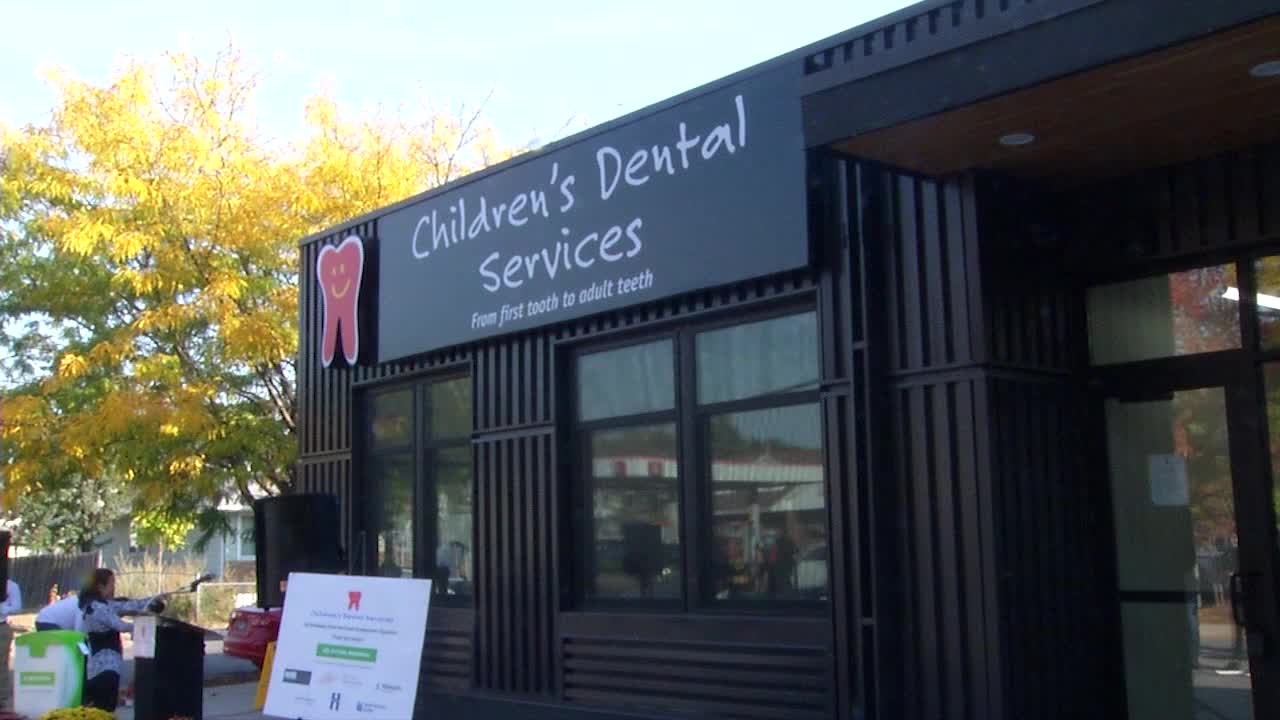
Dental clinic to reach additional 15,000 children as it reopens in northeast Minneapolis
There was a celebration Thursday years in the making. Children’s Dental Services reopened its expanded clinic in northeast Minneapolis, which will serve an additional 15,000 children each year.
“Essentially doubling the capacity of this building to be a dental safety net,” said Sarah Wovcha, the executive director of the nonprofit.
There are now 16 rooms where patients, many of whom are low-income, will be seen for a variety of reasons.
“Only about 40% of low-income people on medical assistance in Minnesota are able to see a dentist in any given year,” said Wovcha. “These folks, instead of showing up in the emergency room with a toothache or an abscess that costs the taxpayers five times more than prevention, we are serving them here.”
The project is a collaboration between Delta Dental of Minnesota Foundation, Otto Bremer Trust, Mississippi Watershed Management Organization, Dorsey & Whitney LLP, Minnesota Department of Health, Hennepin County and the City of Minneapolis.
There are several barriers to care, including the low reimbursement rate for patients on medical assistance, according to Wovcha.
“They still don’t meet the cost of care and that means that if you’re a private office and you want to accept patients, it’s going to be tricky for you,” she explained.
Care providers are also retiring faster than new professionals are graduating, according to Wovcha.
“We know there is a tremendous shortage of providers around the state,” said Stephanie Albert, the president of the Delta Dental of Minnesota Foundation, which partnered on this project.
“North Minneapolis is a dental desert,” said Albert. “Fifty-four of our 84 counties have dental deserts, which means they have a shortage of dental providers and when you have a shortage of providers, you have a shortage of care.”
Children’s Dental Services is also working to address that broader need across the state by serving 66 of the 87 counties through its mobile vans. Teams bring care to families directly, whether it’s at schools, low-income housing or WIC clinics. The expanded critical access clinic in Minneapolis is the nerve center for that effort too.
“Dental disease is the most common chronic childhood illness and it’s entirely preventable,” said Wovcha.
Children’s Dental Services is getting ready to open an additional clinical dental hub in Duluth later this month and another one is in development for the Iron Range.
“They’re a critical piece to reaching folks who might not have access to care otherwise,” said Albert.

Minneapolis, MN
A look at teacher salaries as negotiations in Minneapolis continue

The Minneapolis Federation of Teachers is negotiating for higher wages with Minneapolis Public Schools.
Minneapolis teachers union approves strike as mediation with MPS continues
Earlier this week, the union president told 5 EYEWITNESS NEWS teachers could make thousands of dollars more across the river.
A report from the Professional Educator Licensing and Standards Board shows the average teacher salary in Minneapolis is $82,859 per year, while it’s $93,366 per year for St. Paul Public Schools teachers.
St. Paul is among the highest 10 paying districts in the state, which also includes Wayzata Public Schools, Stillwater Area Public Schools and Sleepy Eye Public Schools, according to the report. It shows salaries across the state vary widely. Some are in the $40,000 range, while others are six figures.
“Teachers deserve a fair salary,” said Chelda Smith Kondo, a University of St. Thomas associate professor of education. “When you have areas, such as suburban areas, where you have a lot of home ownership, you have a larger tax base. That tax base is going to provide a lot more funds to the school district there, so that will allow the school district to pay more to their teachers.”
Kondo told 5 EYEWITNESS NEWS that teacher salaries can play a role in graduation rates and test scores.
“The way it does is in retention,” she said. “The more that an educator feels they are fairly compensated for the work that they do, and with teachers, the impact they have, the more likely they are to stay in the profession, which directly benefits students.”
5 EYEWITNESS NEWS analyzed data from the Minnesota Report Card. It showed SPPS had a 76.5% graduation rate last year. At least half of the other 10 highest-paid districts were above 90%. Lower-earning districts, however, also reported high graduation rates.
Kondo said there are many variables that affect graduation rates, from attendance to whether a child’s basic needs are met. Overall, rates are improving statewide across all demographics.
“Last year in 2024, we had record graduation rates at 84%,” said Kondo. “Of course, that 84% doesn’t represent everyone; some are higher, others are a little bit lower. Overall, it shows our high schoolers are graduating.”
Minneapolis, MN
One architect’s vision for a transformative new NBA arena in downtown Minneapolis
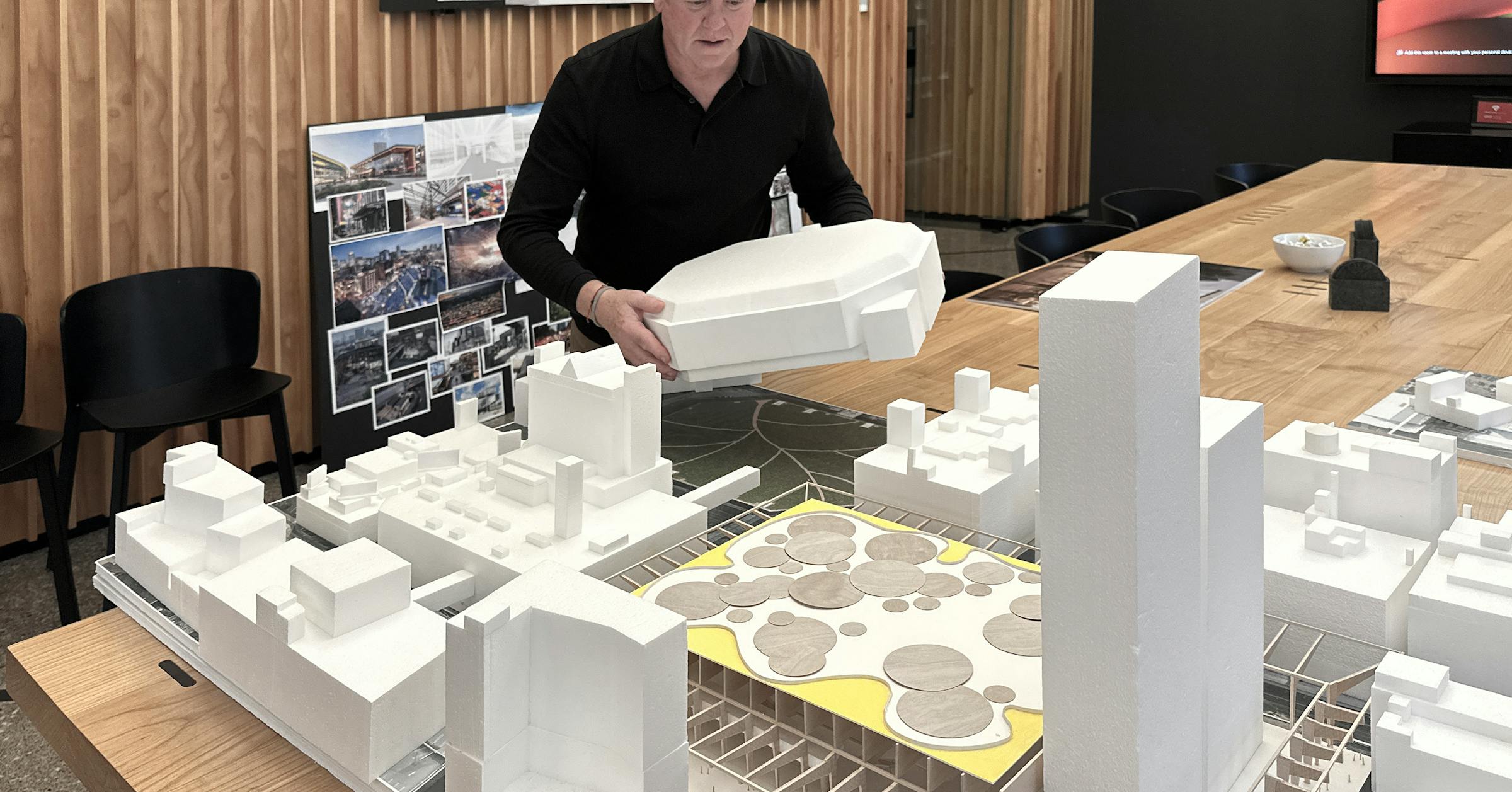
Dario Anselmo, the coalition’s president who until recently owned the neighboring Fine Line music venue, said he thinks Gensler’s model is “an incredibly innovative and cool design.”
That said, from the perspective of a venue owner, he thinks of the ripple effects such a project would have on the neighborhood, including effects on parking and traffic. The Renaissance Coalition has discussed other ideas for part of those blocks that could also activate the area in new ways, he added.
“Everybody is watching this,” said Hansen, the CPED director. “We are at an inflection point, and I think you’re going to see a lot of great ideas about how we’re reusing buildings and real estate downtown over the next 10 to 15 years.”
Minneapolis, MN
What is the Minneapolis Board of Estimate and Taxation and who’s running in the election?
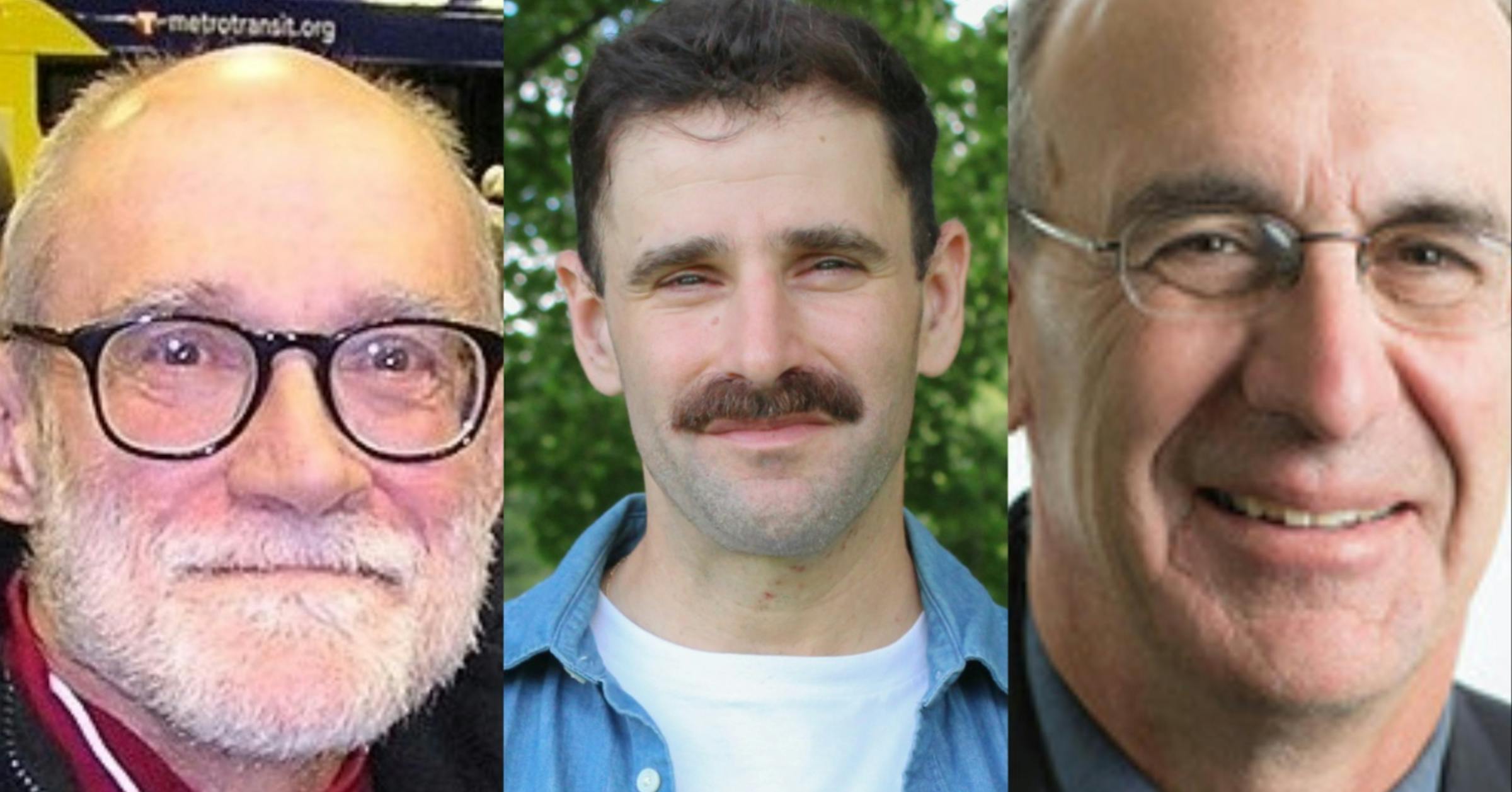
“There’s an old principle, and you can find it throughout the Judeo Christian ethic, which is to those to whom much is given, much is expected,” Brandt said. “The evidence would show that generally, the lower you are on the income scale, the more regressive the property tax system uses a percentage of your household income, and so those are the people I’m trying to give relief to.”
Fine was the Park Board’s appointment to the BET throughout his time as a park commissioner about 20 years ago, and he has concerns about the idea of a city income tax. He doesn’t think the state would authorize it, and fears it would discourage wealthy people from moving to the city.
“If the demand isn’t up there for buying expensive homes and expensive property, and doing business in the city, the city will ultimately lose some of that revenue,” Fine said.
He says there are better ways to find more money. Asking the Legislature to increase Minneapolis’ share of local government aid, for one. And exploring having Hennepin County take over the work that the city currently does to value properties, which Ramsey County does for St. Paul.
Fine is running to reinforce what he views as the BET’s auditor role of taking a magnifying class to each city department, looking for cuts and challenging the city to justify the tax levy that residents are asked to muster. The city and Park Board tightened their belts during the Great Recession, and he wants them to do it again to pay for the rising cost of union labor.
“What should be happening is the Board of Estimates should be getting back to the city and saying: We think you need to look at this, this, this, and this, and maybe you can make changes in what you’re doing to have less demand on your tax revenue, and then you can make up for your losses because of downtown,” Fine said.
-

 New York1 week ago
New York1 week agoVideo: How Mamdani Has Evolved in the Mayoral Race
-

 News1 week ago
News1 week agoVideo: Driver Crashes Car Into Security Gate Near White House
-

 News1 week ago
News1 week agoVideo: Inside Our Reporter’s Collection of Guantánamo Portraits
-

 World1 week ago
World1 week agoTrump to host NATO chief at White House as Putin meeting collapses
-
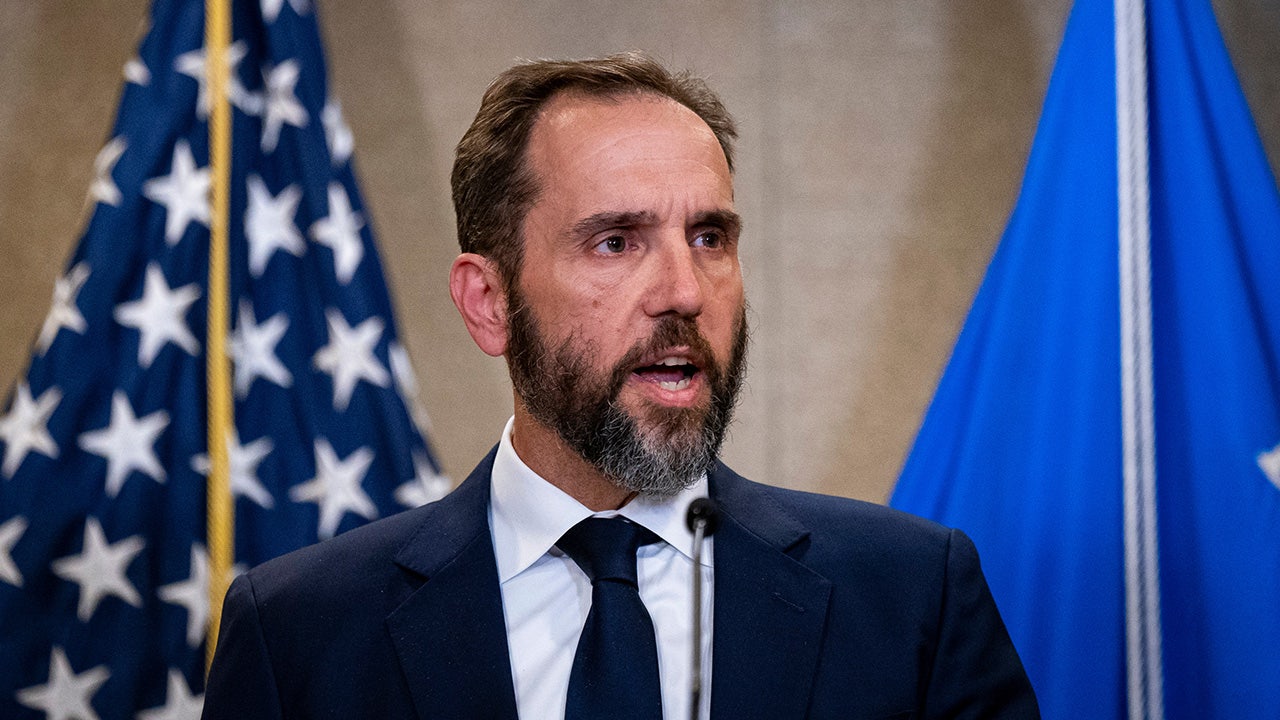
 Politics1 week ago
Politics1 week agoJack Smith defends subpoenaing Republican senators’ phone records: ‘Entirely proper’
-

 News1 week ago
News1 week agoNew York City ICE raid nets 9 arrests of illegal aliens from West Africa, 4 protesters also arrested
-

 News4 days ago
News4 days agoWith food stamps set to dry up Nov. 1, SNAP recipients say they fear what’s next
-

 Milwaukee, WI3 days ago
Milwaukee, WI3 days agoLongtime anchor Shannon Sims is leaving Milwaukee’s WTMJ-TV (Channel 4)
